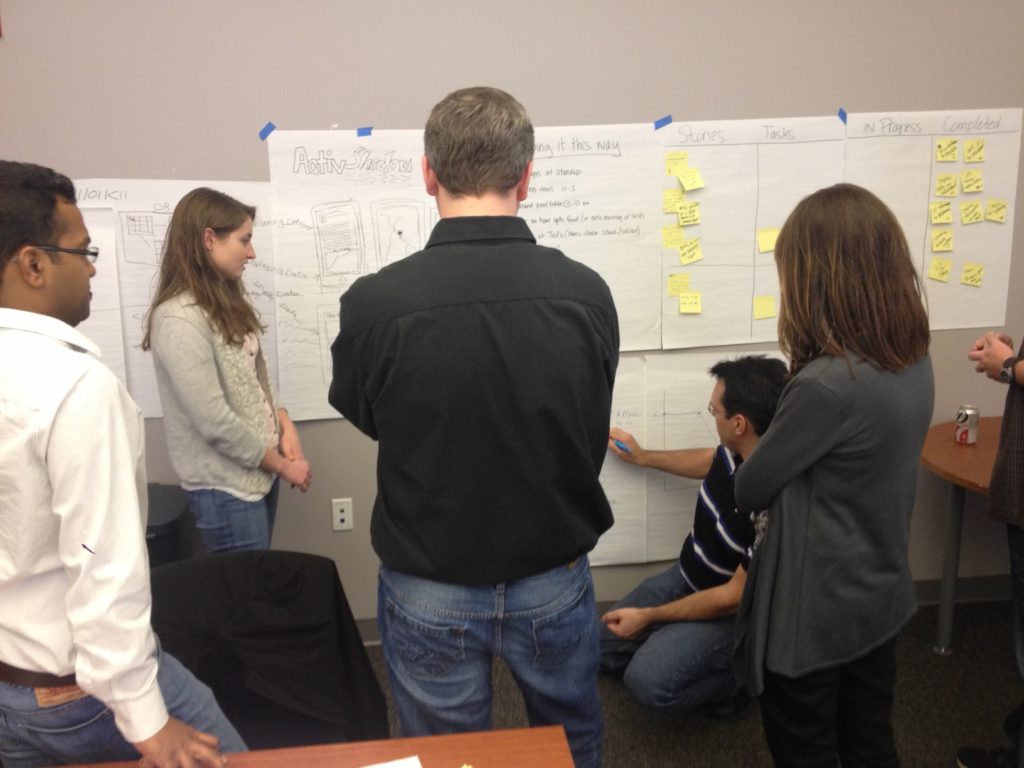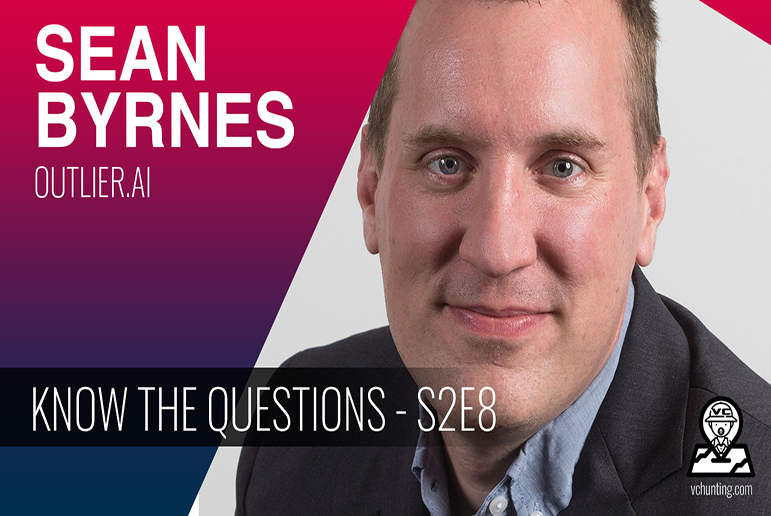Becoming an Agile Coach – Effective Communication Techniques

Effective Communication Techniques
Communication requires cultivation of techniques. It is not something that comes naturally. The number one reason relationships fail is poor communication (leads to massive misunderstanding).
Five Conditions to meet for effective communication:
- Desire – you must want to be effective. It really must be a consuming passion. Love for coaching and teaching should drive you to desire excellence.
- Understand the process of communication – the three aspects of communication MUST be understood and appreciated. We use words, but we also use imagery and gestures. We also receive data back from listeners. What seems so easy is really a very trying art and science. But this can become quite easy once we appreciate the process of communication. We are dealing with needs, emotions, feelings, and realities. These are serious issues and we must take them seriously.
- Master the basics – three basic skills
- Connecting with the listeners
- Conveying information in ways they can understand it
- Checking responses (interest levels and connectivity is seen in body language)
- Dedication to Practice – It’s time tested. Which means you won’t be a rockstar on day one.
- Patience and Persistence – time is our friend. We will get better. There is simply no way it cannot happen if we follow the first four conditions. Self-evaluation is of tantamount importance.
How do I get people to pay attention to me?
We all want attention. We thrive on it and want more of it. It is human nature, but it is also an enemy of the Agile communicator. Why? Because we want to draw people’s attention, not to us, but to the potentially life-changing affects of being agile…
The first law of communication is audience attention. You must get their attention.
Three techniques for getting and keeping attention:
- Pay attention to others and they will pay attention to you. Work the crowd. Don’t simply appear. We must be the right person, at the right place, at the right time. We speak truthfully to needs, fears, hurts, and on practical and relational matters. In the speaking event, the listeners are our top priority, not us or even our message..
- Overcome the stiff competition for attention. People are no longer getting the personal touches they desperately need. We are closer physically than ever before, but fail to connect with most people. Ever notice the service attendant at the drive-through window? Ever notice how people will not acknowledge each other in elevators? People tune out or “filter” people out of our lives or environments. This makes communication very difficult.
- Be interesting! Build messages in creative ways! Push yourself beyond your self-created limitations. People come to speaking events prepared to “turn on the filters.”
5 tactics to improve communication
- Organize your thoughts before you start speaking. (Get it together!)
- Get right to the point (Where’s the beef?)
- Translate information into benefits. People want to know “what’s in it for me?”
- Be real and transparent. We have a personality that is our asset.
- Be enthusiastic and/or passionate
Communication and Relationships:
Our ability to relate/communicate effectively with others will account for 85% of our success in life and work. There are three parts of any conversation:
- Ethos – character, credibility, believability, rapport
- Pathos – connecting with emotions. This happens when we connect with people. People have
- Logos – factual content.
There are three elements of the conversation
- 7% is words
- 38% is tone of voice (women are more sensitive to this than men)
- 55% is body language
People believe the dominant message (body language)
Keys to success with people
- Listen attentively (fact: men are 95% more likely to interrupt a woman than another man … this is NOT true of women. Women rarely interrupt anyone)
- Pause before replying. This raises the self-esteem of the other person. It gives the impression you are really considering what they said
- Question for clarification (How do you mean exactly?)
- Paraphrase what they said in your own words
Influencing and Persuading People
- Influence is not something we “decide” we will do. The listeners will decide if they will be persuaded or influenced. We must be sensitive, not to be over bearing
- We must master 2 things: our personal character (attitude, integrity) and our professional skills.
True influence comes first when one understands how they influence.






“fact: men are 95% more likely to interrupt a woman than another man … this is NOT true of women. Women rarely interrupt anyone”
Ain’t that the truth!! Not saying that interruption is the right communication technique, but women need to take a seat at the table just as much as men can feel led to do so. Whenever I am encouraging women colleagues to have more confidence in their abilities, I remind them that (in-person) meetings are not equivalent to Thanksgiving Dinner! There is no rule that the person with the fanciest title gets to sit at the head of the table. In fact, take it a step further and sit next to the “most powerful” person in the room and make sure you are seen and heard.